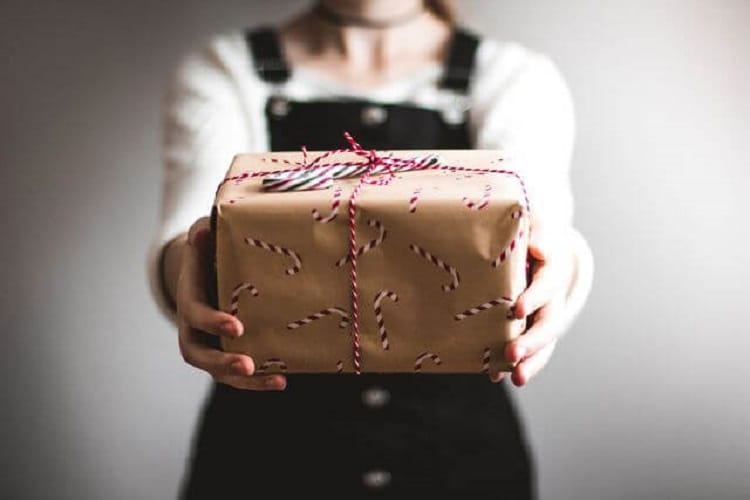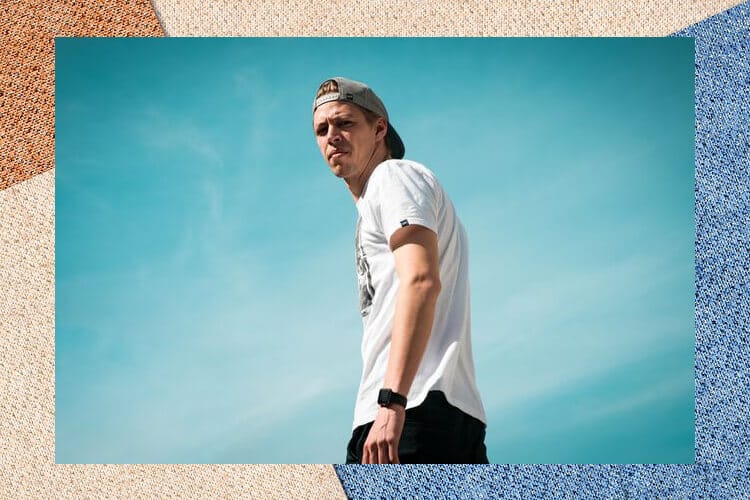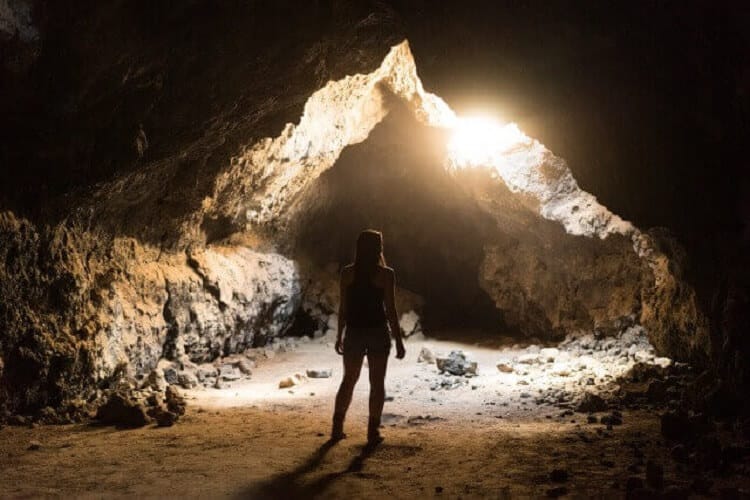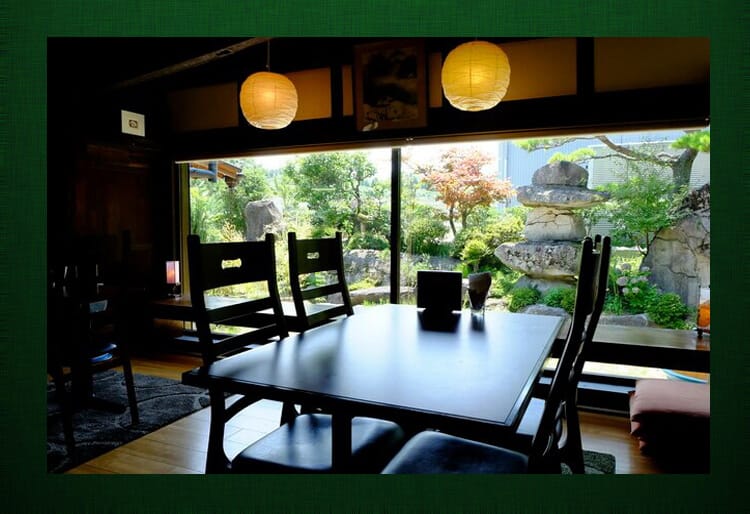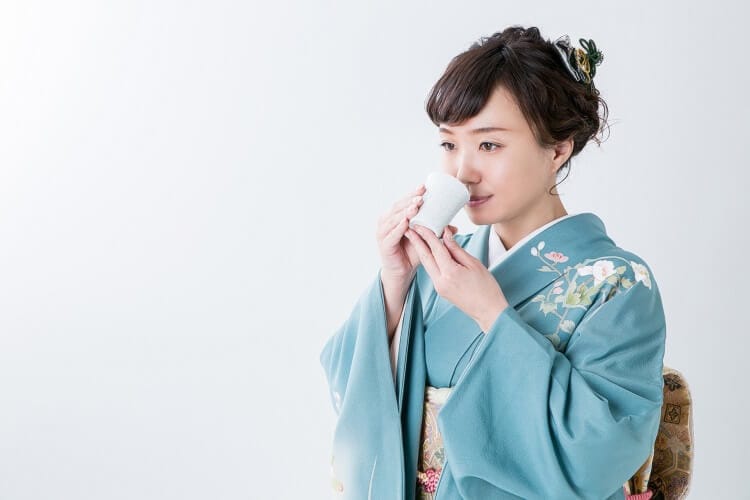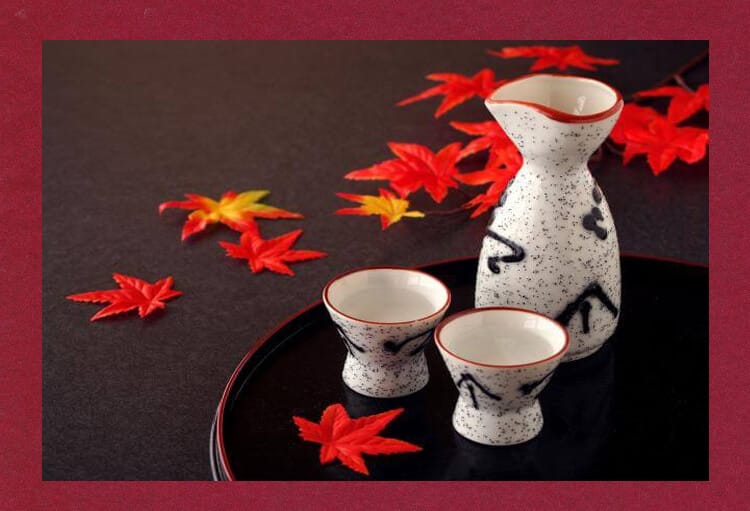
What is a terroir
Terroir is a term derived from the French word "terre", meaning "land / soil." Originally French for the varieties of wine, coffee, tea, etc., according to the geography, terrain and climate of the habitat. Farmlands in the same area share the same soil, climate, topography, and agricultural techniques, giving the crop its unique local character.
These days, it is often heard about wine, but in the case of wine, it is the natural environment surrounding the vineyard. It is the basis of the French wine law (the Law of Origin Control), which states that wines made from a particular area, a particular area, or a unique vineyard represent a unique personality. It means all natural environments surrounding the vineyard, such as weather conditions (sunshine, temperature, precipitation), soil (geology, drainage) terrain, altitude, etc. In recent years, creators have also been used as a component of terroir.
起源
For centuries, French winemakers have observed the differences between wines in vineyards in different regions, or in different parcels of the same vineyard, forming the term terroir as a term that describes the unique environment of the place where it is made. went.
This idea has existed for a long time, and wine was stored in pottery containers called amphora for each region made in ancient Greece. In addition, monks with the learning and experience of the Benedictine, the oldest monastery of the Catholic Church founded in 529, and the Cistercian founded in 1098, have been in many places in Burgundy for centuries. They grow grapes. The vast landowners were able to closely observe the impact of each land on the wine produced. Legend has it that monks studied even the taste of the soil. After so many years of research, the concept of terroir has been established.
Terroirs around the world
Sake produced in various parts of Japan is being spread around the world as world liquor. At the same time, sake brewing that takes advantage of the unique characteristics of the terroir, such as rice, climate and water quality, has been started in various parts of the world.
Generally speaking, Japanese sake that you drink in Japan is intended to enjoy the taste and aroma of the sake itself. Isn't there much?
On the other hand, in the United States and Europe, Japanese sake is easily introduced as "meal liquor", which is served as a meal companion like beer or wine.
Sake's umami ingredients contain more glutamic acid than beer and wine, so they go well with various dishes and foods. In fact, it goes well with egg dishes and raw vegetables, which are said to be difficult for wine. Sake is now recognized throughout the world as a versatile liquor for making your meals more delicious. A marriage of sake and unique dishes from around the world will expand the world of food and sake rich in sake.
Let's take a look at some of the sake breweries and initiatives that are driving the sake movement that will take place around the world.
Sake brewing courses held worldwide
In the United States, the “SAKE Professional Course,” a course that teaches sake brewing, is gaining in popularity. John Gontner, who came to Japan as an English teacher at the Ministry of Education JET Program in 1988, decided to concentrate on activities to spread sake overseas in 1998 after working as an electronic engineer. He wrote a Japanese sake column for eight years from 1994 in "The Japan Times". Since 8, "SAKE Professional Course" has been held in Japan and US cities. Over 2003 people have participated, including world-famous DJ Richie Hawtin.
https://www.instagram.com/p/BfSwkW-hhGs/?utm_source=ig_web_copy_link
Authentic Japanese sake born in France `` Sho tear brewing ''
French-born sake made by French people is being used in Michelin-starred restaurants, etc., and is attracting attention in Japan and overseas.
GRÉGOIRE BOEUF, the owner of the authentic French sake brewery “Sourai Shuzo”,,Born in Lance Annecy. I was helping my father because I ran a pharmaceutical company, but in 2013 I traveled to Japan and came to a turning point when I met sake. Learn to make sake at Umezu Sake Brewery in Tottori, and launch "Shounai Sake Brewery" in France in 2017.
One of the brands of Buff's sake brewer, "Lightning," has been imported to Japan. At present, Shoren Shuzo has five brands: Akatsuki, Wind, Nami, Thunder, and Isshin, some of which are currently in France, Troisgros. , Bernard Loiseau, La Pyramide and other Michelin-starred restaurants.
Buff became interested in sake in the summer of 2013. While traveling with my father and cousin in Japan, I came across Nara's "Kaze no Mori" and squeezed sake and was immediately fascinated. When returning to Japan, he stuffed sake into his suitcase. After that, you will get acquainted with French importers of sake and learn various things about sake. The French sake importer introduced me to President Umezu of Umezu Sake Brewery in Tottori, who came to France from Japan at the time, and was invited to train at a sake brewery to learn about sake making in Japan. I decided to go. At Umezu Sake Brewery, he learned how to make sake from scratch and thought about what fermentation was all about. And fermentation leads to the idea that bread, wine, miso, soy sauce, etc. are indispensable to people's lives and make people happy.
Currently, he and Mr. Kohei Tanaka, who inherited the philosophy and method of the first brewer, Kenichiro Wakayama, are making sake in the Rh ヌ ne-Alpes region of France.
For rice, we select Tottori's Yamada Nishiki, XNUMX Hyakumangoku, Omachi, etc., and select sake rice in consideration of the taste we want to make. The water is the natural water of the Rh ア ル ne-Alpes that originates from the melting water of the Alps. It is said that minerals come off moderately while flowing down the underground rocky ground, become soft, and become good brewing water.
According to Buch, the name of “Shoren Shuzo” is derived from ““ Sho ”means a country where the sun rises, that is, Japan.“ Tear ”is the late Toshiro Kuroda, who contributed to the spread of sake in Paris. "Sake is taken from the word" Sake is the last tear of yeast "in his book." It seems to be an expression of his desire to always be connected to Japan. How will the French take over the Japanese brewing skills and achieve their own development with the terroir unique to the Rh ヌ ne-Alpes region, and how will the mariage of Japan and France be used in sake brewing? .
https://www.instagram.com/p/B41v3U-Ilwl/?utm_source=ig_web_copy_link
First Japanese brewery established in the suburbs of Paris
Speaking of food at the table at the world, either beer or wine is common, but as a third option, we set a goal to spread sake, and in January 3 a Japanese sake startup company WAKAZA Was established. With an eye on overseas expansion from the beginning, we are making sake based on the concept of "liquor suitable for western food".
WAKAZE currently has two major brands. One is sake "ORBIA", which is aged using wine barrels, and the other is "FONIA", a new type of sake that is flavored with plants and spices.
For example, "ORBIA SOL", which features a fresh acidity and a fruity aroma derived from red wine barrels, seems to go well with oils and fats, such as pork saute, and rich dishes. Also, FONIA SORRA, which has an exhilarating scent that is not characteristic of citrus-herbal sake, can also enjoy a marriage with appetizers such as white fish carpaccio.
In the Sangenjaya area, where fashionable restaurants are lined up and there are many popular shops attracting the attention of sake fans, the company's Doburoku Brewery opened in 2018 and the accompanying restaurant "WAKAZE Sangenjaya Brewery".
A sake venture company formed by members of the same age group around the age of 30 and brewing a new type of sake with a space of only 4.5 tsubo that sets it apart from traditional sake. In addition, the unusual business development in which the restaurant can be enjoyed by "pairing" with international cuisine has been a big topic in the Japanese sake industry because it has brought a new breeze.
Mr. Shoya Imai will be the brewer responsible for brewing. Born as the third son of "Holy Sake Brewery" in Gunma Prefecture, which has been running for nearly 180 years. We met Takuma Inagawa from a foreign consulting company and formed Team WAKAZE with five members of the same generation. "WAKAZE" is said to have two meanings: "Japanese style" and "Wakaseki", which means young artisan in the sake brewery.
With the slogan “Sake sake into world sake”, we started working toward our goal in 2015 with the desire to expand the base of people who drink sake around the world.
The brewery is located in Fresnes, just south of Paris, but next to Rungis, home to the world's largest food market. It was said that Louis XIII used to draw a waterway to Paris once when he liked it, and he would use the same water source to make his sake.
In Japan, it is common to use soft water to prepare a beautiful taste, but WAKAZE uses European hard water, which is rich in minerals. The raw material is Japonica rice from Camargue, which is also famous as a salt production area located in southern France, and the yeast uses French wine yeast. Unlike Sangenjaya, it brews "sake" that does not use auxiliary ingredients, but in order to prove that delicious sake can be made in any land, it uses completely local ingredients, localized Japanese sake, local cuisine We are trying to make sake in Paris with the goal of matching sake.
By creating a system that can be manufactured in-house in Paris, eliminating transportation costs and intermediate margins, and thoroughly reducing extra costs other than brewing itself, it is possible to sell at a price range that is easy for many people to pick up This is one of the major advantages of spreading Japanese sake to France in various parts of Europe.
For example, the image would be like offering half the price of 30 euros instead of the price of 15 euros for sake. Even though wine still has an overwhelming share in France, new generations of sake such as craft beer and gin are gaining in popularity among younger generations. WAKAZE believes that if high-quality products can be offered in the middle-range price range for sake, there is room for explosive market expansion.
In Japan, you can now enjoy a wide variety of liquors from around the world, including beer and wine. You can enjoy localized sake that expresses the characteristics of the land that can not be tasted in Japan all over the world, Japanese people visit breweries in suburbs overseas to search for new types of sake, It may not be a distant future to enjoy a mariage with food.
Former master of the world brewer Dompelli heads to Toyama
Richard Jeffroy, chief brewer of Dom Perignon, one of the world's leading champagne makers, has launched a global presence in Sake, based in Tateyama, Toyama Prefecture. A brewery will be set up in a mountainous area in Toyama Prefecture, and a new brand using sake rice from Tateyama-cho will be launched.
The brewery was designed by Kengo Kuma, an architect who has designed numerous famous buildings around the world, including the Chinese Academy of Fine Arts Folk Art Museum, Victoria & Albert Museum Dundee, and the Tokyo Olympic Games 2020 Stadium. I work on it. According to Kuma, after the Great Hanshin Earthquake, he felt that the twentieth-century ideology of trying to confront nature with concrete and other artificial materials had collapsed. Timber produced by manipulating forests is considered to be a connection between humans and the earth, and Kuma's architectural designs use wood abundantly. It is also called "the landlord of the sum".
The new company established by Jeffroy has taken over his brewing license from a Japanese sake maker in the prefecture that has been closed and renamed the company "Shiraiwa." The brand's image will be directed by Mark Newson, a global product designer from Australia, who features futuristic shapes that make heavy use of streamlines and circles and colorful and pop colors. Some of Mr. Newson's works, such as the Apple Watch and the bottle of the Ajinomoto Mark, are stored in the Museum of Modern Art, New York and the Design Museum in London, and are leading the era as one of the leading designers of the present age.
Jeffroy opens up the potential of sake and challenges sake brewing that will captivate the world. We believe that the importance of rice culture will increase in the future, and we highly value sake. While searching for land to work on sake brewing in Japan, we decided to base ourselves in the Shiraiwa and Ashimi districts of Tateyama town, Toyama prefecture, as a place to spread peaceful Japanese original scenery such as rice terraces.
Jeffroy originally wanted to make sake, and since he wanted to make a sake brewery that would invite VIPs from overseas, he was looking for a place with good water and rice quality and good views is. In the summer of 2016, Richard had a chance to visit Tateyama Town, and staff from the town were guided to a rice terrace in the Shiraiwa area of the town. He likes this area on a hill, overlooking Toyama Bay, and this large-scale brewing project has begun.
He has friendships with celebrities and charismatic chefs around the world, and he wants to use his connection to bring in many influencers from home and abroad to promote beautiful Japan and sake.
In addition, Tateyama-cho is planning to establish facilities for strategic overseas expansion of local brands in the area adjacent to the brewery. This also started construction around mid-November 2019, with a total floor area of 11 square meters, a warehouse that can store about 2020 bottles of sake made by Shiraiwa, a space for display, a business negotiation room, a training room, It is scheduled to be completed in March XNUMX.
Summary
This large-scale project, which brings together the world's leading specialists in each field, will be a grand attempt to send terroir sake from the Japanese mountain village to the world. Isn't the awareness of sake in the world rising at a dash, and it will be a trigger for sake to make a leap into world sake?

